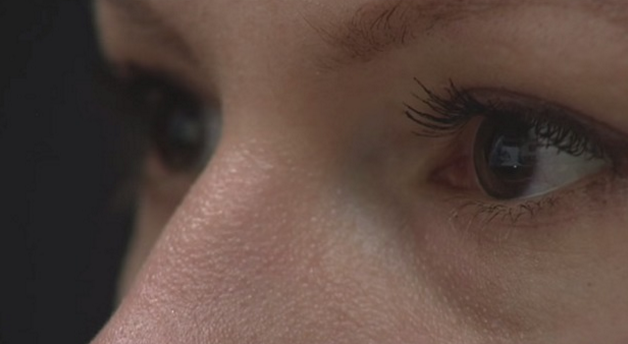In spite of the fact that there are some solid reasons for alarm that robots will replace our routine activities and jobs, but we people have dependably rest assured in the knowledge that we're the main ones who could be particularly ones to make art. However now, the robots one stage closer to that as well.

The robot which is developed by Aldo Faisal and his group at Imperial College London, takes an alternate way to deal with the regular "robot artists." Instead of being programmed to draw, the robot goes about as an augmentation of the human body. A tracker follows the direction of an individual's sight. Contingent upon where the painter looks and how their eyes move, this data is processed and the mechanical arm performs the movement of the paint brush.
This gaze command technology is not only for hotshot robots. Faisal trusts this innovation can be connected to help amputees or paralyzed individuals and even assist clean up chemical spills from a remote place, discrediting the need for people to enter potentially dangerous regions.
Faisal said the purpose behind this methodology is that where we're looking can give a helpful sign of what we plan to do with our hands. In the demonstration, one of his graduates Sabine Dziemian puts the framework through its paces. She depicts controlling the arm as "natural," and has the capacity paint lines essentially by looking toward the begin point and after that toward the end point. To change colors, she blink her eyes three times, which sees the brush's tip poised over three unique alternatives, from where she just looks at the color she needs and the tip is plunged into the paint. Blinking three times returns the brush to the canvas.

We are so used to the common movements of our bodies that we regularly neglect to consider what life is similar to for those individuals who have physical restrictions to these same movements. Similarly, this project might looks little as it only appears to just paint a photo, but the mission of this technology has an incredible advancement potential and could truly turn into an additional pair of limbs for the needy and handicapped individuals in future.
John Paulin Hansen of the Technical University of Denmark is also working on the same innovation with gaze-controlled automatons/drones.
Addressing New Scientist he additionally said,
“Gaze control will be integrated into phones and tablets within the next couple of years. It will soon become a part of everyday life.”
great sharing very good info
Thanks to like my post.